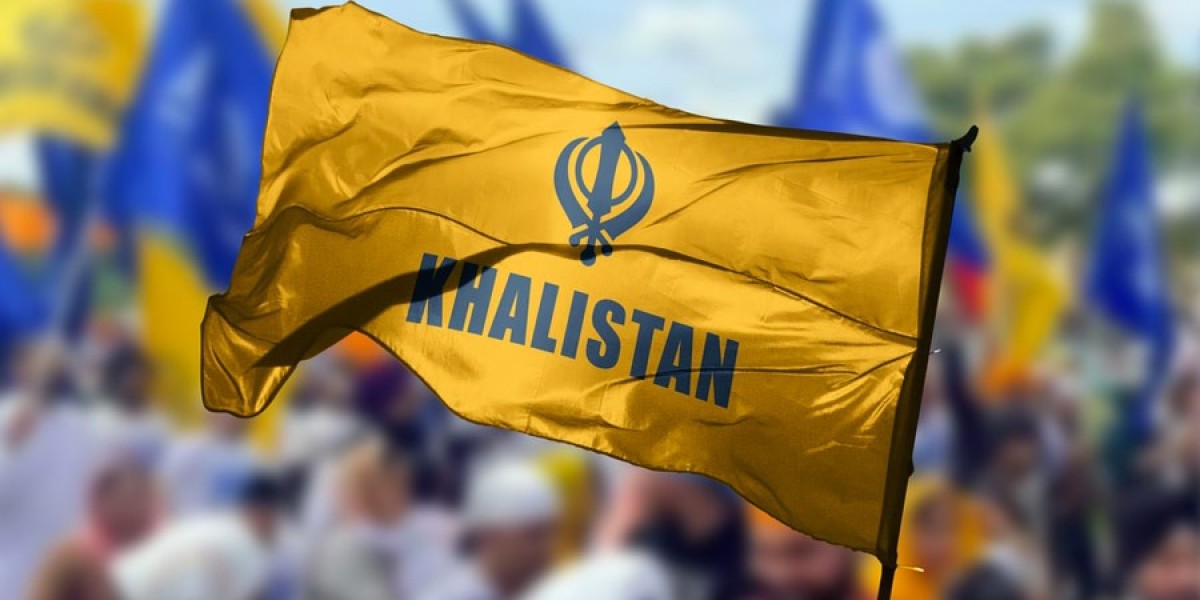Introduction: Understanding the Khalistan Shaheed Movement
The term Khalistan Shaheed is deeply rooted in Sikh history, representing those who sacrificed their lives in the struggle for Khalistan—a proposed independent Sikh state. These individuals, often seen as martyrs, played a pivotal role in shaping the Sikh resistance movement during the late 20th century.
The demand for Khalistan gained momentum after years of political and religious unrest, culminating in tragic events such as the 1984 Sikh massacre. This event deeply impacted Sikh sentiments, further fueling militancy in Punjab and strengthening calls for a separate homeland. The sacrifices of Khalistan Shaheed remain a significant part of Sikh identity, honored by many in Punjab and the Sikh diaspora worldwide.
The 1984 Sikh Massacre: A Turning Point in History
One of the most defining moments in Sikh history was the 1984 Sikh massacre, which followed the assassination of Prime Minister Indira Gandhi by her Sikh bodyguards on October 31, 1984. In retaliation, violent anti-Sikh riots erupted across India, particularly in Delhi, where thousands of innocent Sikhs were brutally killed, homes were burned, and businesses were looted.
This massacre left a lasting scar on the Sikh community. Many survivors, left without families or justice, found themselves drawn toward the Khalistan movement, seeing it as a way to protect Sikh identity and secure justice. The Indian government’s response, marked by inaction and political complicity, only fueled further resentment. In this climate of fear and anger, Khalistan Shaheed emerged—those who took up arms or voiced their opposition, sacrificing their lives for what they believed was a righteous cause.
Operation Blue Star and the Rise of Sikh Militancy
Before the 1984 massacre, another significant event had already escalated tensions: Operation Blue Star in June 1984. This military operation, ordered by Indira Gandhi, aimed to remove Sikh militants led by Jarnail Singh Bhindranwale from the Golden Temple in Amritsar.
Bhindranwale, a charismatic leader advocating Sikh sovereignty, had become a symbol of resistance. The Indian Army’s assault on the temple resulted in hundreds of deaths, including innocent civilians and religious leaders. The damage to Sikhism’s holiest shrine further deepened Sikh grievances and became a rallying point for militants.
The immediate aftermath saw a surge in Khalistan Shaheed, as many young Sikhs, enraged by the attack, joined militant organizations such as the Khalistan Commando Force, Babbar Khalsa, and the Khalistan Liberation Force. Their goal was to fight for an independent Khalistan, even at the cost of their lives.
Who Were the Khalistan Shaheed?
The Khalistan Shaheed were individuals who actively participated in the Khalistan movement, often dying in clashes with Indian security forces or in encounters labeled as "fake encounters" by human rights activists.
Key figures among them include:
- Jarnail Singh Bhindranwale – The most prominent face of the movement, who died during Operation Blue Star.
- Amrik Singh – Leader of the All India Sikh Students Federation, killed during the military assault.
- Sant Longowal and General Shabeg Singh – Other prominent Sikh leaders who played crucial roles in the struggle.
These individuals, and countless others, are honored annually in Sikh religious ceremonies and political gatherings. Their portraits are displayed in gurdwaras, and their names are remembered as symbols of sacrifice.
Sikh Militancy in Punjab: The Aftermath of 1984
The rise of Sikh militancy in Punjab was a direct consequence of the events of 1984. Young Sikhs, disillusioned by the government's failure to address their grievances, turned to armed resistance. Punjab became a battleground, witnessing intense clashes between militant groups and security forces.
The government responded with aggressive counter-insurgency operations, leading to thousands of arrests, disappearances, and extrajudicial killings. While militancy initially gained support among sections of the Sikh population, it also led to internal conflicts and divisions within the movement.
By the mid-1990s, the Khalistan movement had significantly weakened due to:
- Strong counter-terrorism measures by the Indian government
- Declining public support due to violence against civilians
- Internal disagreements among militant groups
- Efforts by Sikh religious leaders to promote peace
Despite this decline, the idea of Khalistan continues to exist, particularly among Sikh communities in countries like Canada, the UK, and the US. Digital platforms and international advocacy have allowed discussions on Sikh rights and self-determination to remain relevant.
The Continuing Relevance of Khalistan Shaheed
The sacrifices of Khalistan Shaheed are remembered annually on anniversaries like June 6 (Operation Blue Star) and November 1 (1984 Sikh massacre remembrance). Many Sikhs visit the Golden Temple, where memorials and plaques honor those who died for the cause.
Social media and international platforms have played a crucial role in keeping the movement alive. Sikh activists worldwide continue to demand justice for 1984, push for human rights in Punjab, and promote awareness of Sikh history. While the militant movement has lost momentum, the spirit of the Khalistan Shaheed remains an influential part of Sikh identity.
Conclusion: A Legacy That Lives On
The story of Khalistan Shaheed is not just about the past—it is about an ongoing narrative of sacrifice, resistance, and identity. The events of the 1984 Sikh massacre and the rise of Sikh militancy in Punjab reshaped Sikh political discourse, leaving an indelible mark on history.
While opinions on Khalistan differ, the struggle and sacrifices of these individuals continue to be debated in political, social, and religious spheres. Understanding their history is essential in fostering dialogue, justice, and reconciliation in contemporary Sikh affairs.









